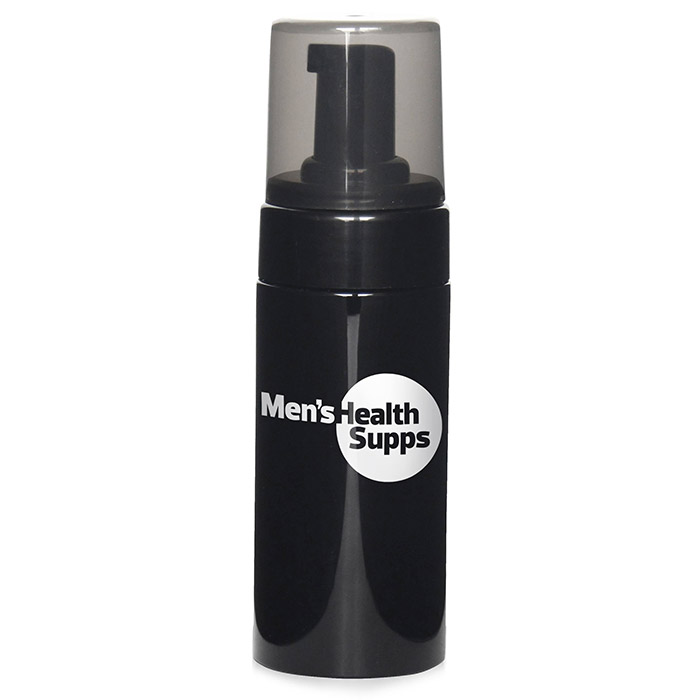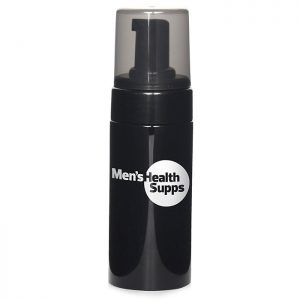7% Minoxidil + Finasteride Foam – 3 Month Supply
$204.95
- 7% Minoxidil
- 1mg Finasteride
- Topical Hair Regrowth Treatment
- Extra Strength
- Unscented
Our Extra Strength solution is a topical treatment used to help regrow hair on the top of the scalp by reactivating hair follicles to stimulate growth.
It contains Minoxidil, the #1 dermatologist recommended active ingredient that is clinically proven to help regrow hair and also contains Finasteride which is the most effective prescription treatment you can buy to treat male pattern hair loss. The medical term for what finasteride treats is androgenetic alopecia.


